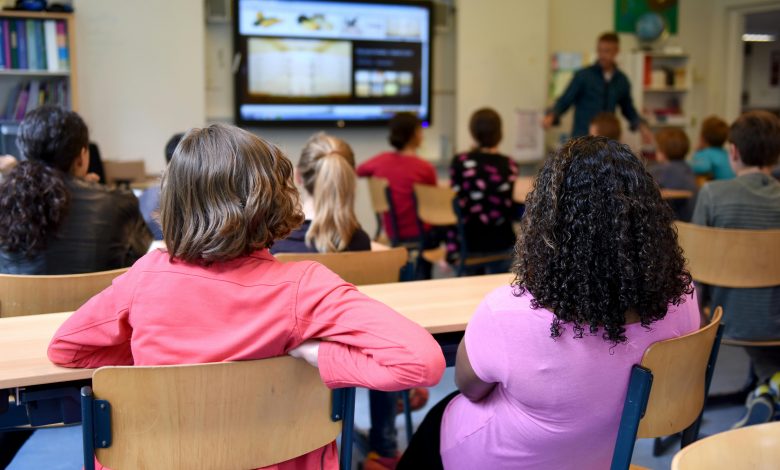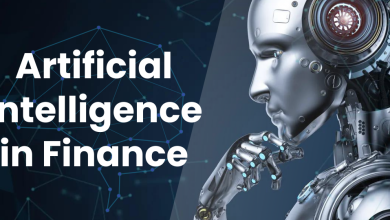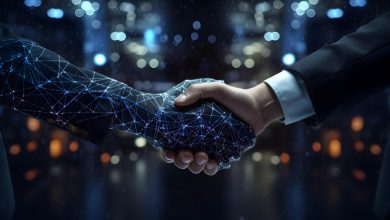
We are living at an inflection point. Artificial intelligence is changing how we work and live. It is already clear that AI will take on some jobs, but it will also create opportunities and industries we cannot yet imagine. This is not about replacement. It is about extension.
The real question is whether we will shape this moment to build on past progress and open new possibilities, or allow it to simply speed up what already exists.
AI has the potential to shorten the path from idea to implementation. In the past, bringing an idea to life, whether a new product, a community solution, or a piece of infrastructure, could often take years and require enormous financial investment. When time and money are on the line, there is pressure to stay the course even when it becomes clear something is not working. The cost of change becomes too high, so innovation slows.
AI can lower those timelines and costs, reducing the risk of trying something new. When the risk is lower, people are more willing to test bold ideas, refine them quickly, or let them go if they are not the right fit. This shift makes innovation more accessible and allows society to be more adaptable and responsive to real-time needs. But speed alone does not guarantee progress.
If we only chase efficiency, we risk building tools that automate the familiar instead of unlocking the new. True growth depends on people who are curious enough to imagine what does not exist yet and confident enough to keep going when the first attempt fails. Those are not technical skills. They are human skills, and they begin in childhood.
This is where our education system comes in. If we want a workforce ready for an AI-driven world, we need to resist the pressure to push students toward early specialization. Too often, education focuses on end products or narrow skills without building the root abilities needed to pursue them well. K–12 should not be about producing specialists.
We have college, trades, apprenticeships, and entire careers for that. What students need in these years are the core skills that let them adapt and grow into any field. They need critical thinking, problem-solving, and the confidence to navigate complex processes from idea to outcome. Those are the abilities that will one day allow them to use advanced tools effectively, not just follow them.
Building these abilities requires the right kind of learning experiences. Students need chances to build with their hands, wrestle with problems, and see mistakes as part of discovering solutions. These challenges create critical thinkers and problem solvers. They give young people the confidence not just to use the tools of tomorrow, but to imagine what new tools should exist.
When students develop curiosity, resilience, and creative problem-solving, they are better prepared to use AI as a true partner rather than just a shortcut. These skills let them harness tools to test ideas, gather information, and build solutions far more quickly than would be possible alone. The goal is not to have them complete prompts robotically, but to help them think critically about which tools to use, how to use them well, and when to push beyond them. This is how AI can speed up their work without limiting their thinking.
An example of this work in practice is an Art Bot project, during which students design and build machines with markers that can create their own drawings. Once the bots are complete, we discuss: Who is the artist? Is it the machine? The student who built it? Or both? These questions may seem simple, but they spark deep conversations about creativity, authorship, and the role of tools in the creative process.
By asking these questions early, in ways children can understand and explore, we give them practice in the kind of thinking they will need in the future of work. The same process that helps a child build an Art Bot is the process that will drive innovation in an AI-enabled world.
Try, test, adapt, repeat. The same confidence that comes from struggling through a problem and finally finding a solution will one day fuel the courage to bring new ideas into the workforce. When we invest in these mindsets early, we are not just preparing children for school. We are preparing them to make sure AI becomes a force for human growth, not a shortcut to stagnation.
AI also forces us to rethink what productivity itself means. Production has always mattered, but it has long been measured alongside time, with value tied to how many hours it takes to create a result. Yet as conversations about burnout grow louder, it is worth asking if that approach still makes sense. What if the same level of production can be achieved in half the time?
If AI makes that possible, will we expect people to simply do even more work, or will we redefine productivity around outcomes instead of hours? If we choose the latter, we will face new questions. What do we do with that time? Do we take on problems we previously lacked the capacity to solve? Do we invest more in community involvement, or direct more resources toward leisure, creativity, and health? These are the questions that will shape the next era of work.
The workforce of tomorrow will be shaped by the choices we make today. If we build curiosity, resilience, and creativity in children from the very start, they will be ready to use AI as a tool to test ideas, adapt quickly, and bring new possibilities to life. Without those skills, AI risks becoming a way to do more of what already exists instead of unlocking what could be. It will change the face of society and our world as a whole. The real question is what future we are building for.




